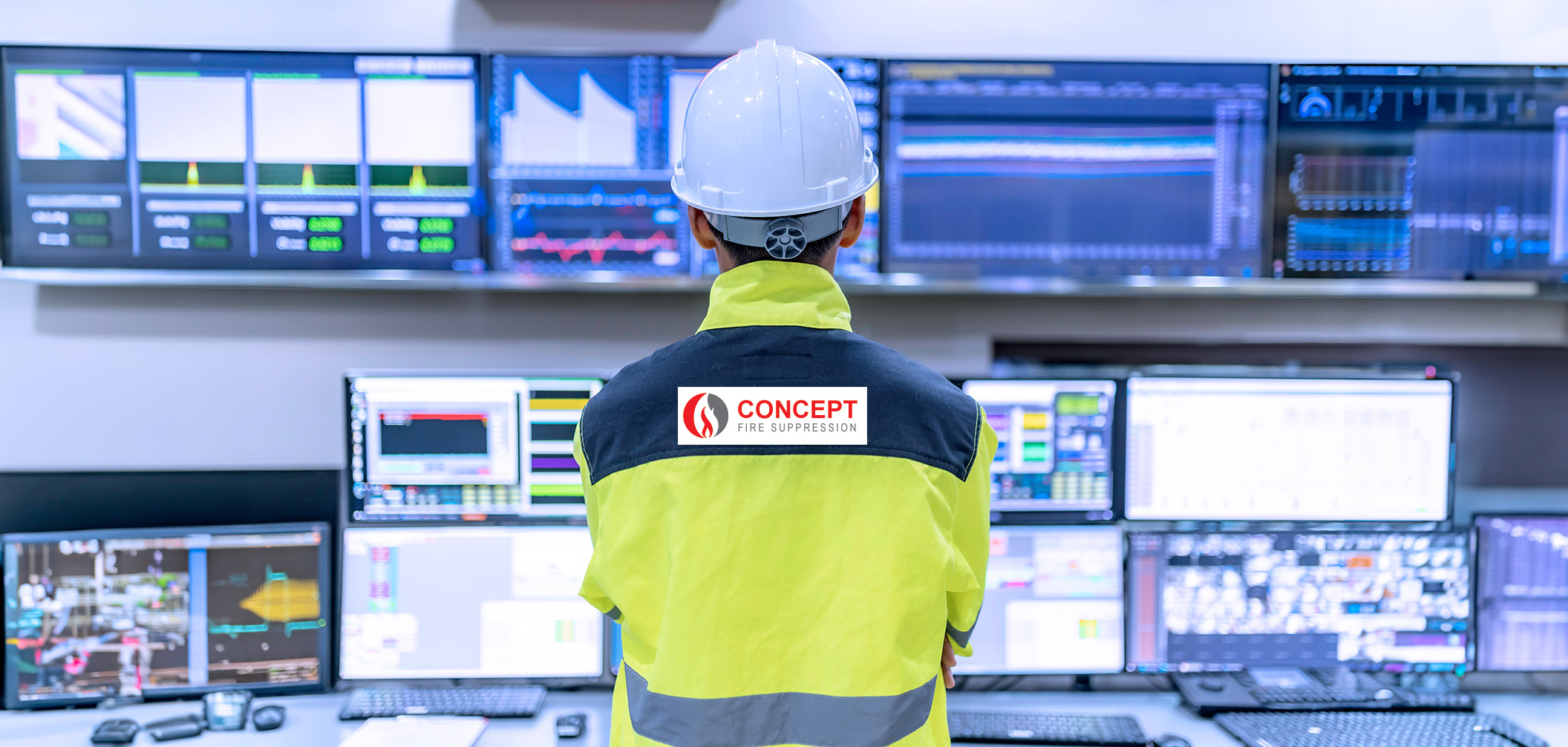6. Water-Based Fire Suppression: The Traditional Approach
Water-Based Fire Suppression: The Traditional Approach
Water has been the primary and most widely used fire suppression agent for centuries. Its effectiveness, abundance, and accessibility make it a reliable choice for combating fires. Water-based fire suppression systems, such as sprinklers, hydrants, and water mist systems, form the backbone of traditional fire protection. Let’s explore the benefits and considerations of water-based fire suppression:
1. Effectiveness:
Water is highly effective in suppressing and extinguishing various types of fires, including Class A fires (involving solid materials such as wood, paper, or textiles). It works by cooling the fire, reducing the temperature below the ignition point of the fuel. Water also helps to reduce the concentration of flammable gases and prevent the fire from spreading.
2. Availability and Affordability:
Water is widely available, making it an accessible and cost-effective fire suppression resource. Fire hydrant systems, municipal water supplies, and on-site water storage tanks ensure a readily available water source for firefighting efforts.
3. Cooling Effect:
Water’s ability to absorb and dissipate heat makes it an effective cooling agent. By spraying water directly onto the fire, it absorbs the fire’s heat energy, rapidly lowering the temperature and hindering the fire’s progression. This cooling effect helps to protect structures, prevent re-ignition, and create safer conditions for occupants and firefighters.
4. Widespread Application:
Water-based fire suppression systems are versatile and applicable in various environments, including residential, commercial, and industrial settings. Sprinkler systems, for instance, are commonly installed in buildings to provide continuous fire protection. Water mist systems are suitable for areas where water damage needs to be minimised, such as museums, server rooms, or historical sites.
5. Limitations and Considerations:
While water is highly effective, there are some limitations and considerations associated with its use. It may not be suitable for certain types of fires, such as flammable liquid fires (Class B) or electrical fires (Class C), as water can spread the fire or pose electrical hazards. Additionally, water-based systems may cause water damage to sensitive equipment or areas with valuable assets, necessitating careful planning and system design.
Water-based fire suppression systems should be designed, installed, and maintained according to relevant codes and standards. Regular inspections, testing, and maintenance ensure their reliability and effectiveness when needed.
As technology advances, alternative water-based systems, such as water mist systems, have emerged, offering enhanced fire suppression capabilities while minimising water damage. These systems generate a fine mist of water droplets, increasing the surface area and improving heat absorption and extinguishing properties.
Water-based fire suppression remains a foundational approach to fire protection, providing an essential and dependable means of extinguishing fires. By understanding its benefits, limitations, and proper application, individuals and organisations can make informed decisions to enhance fire safety.
In the next section, we will explore other types of fire suppression systems, such as gaseous-based and foam-based systems, delving into their unique characteristics and applications. Join us as we continue our journey through the world of fire suppression and its crucial role in safeguarding lives and property.
To go back and read again 5. Types of Fire Suppression Systems: Overview and Applications to go forwards go to 7. Chemical-Based Fire Suppression: Enhancing Extinguishing Power now.
If you have any queries please contact us now!







